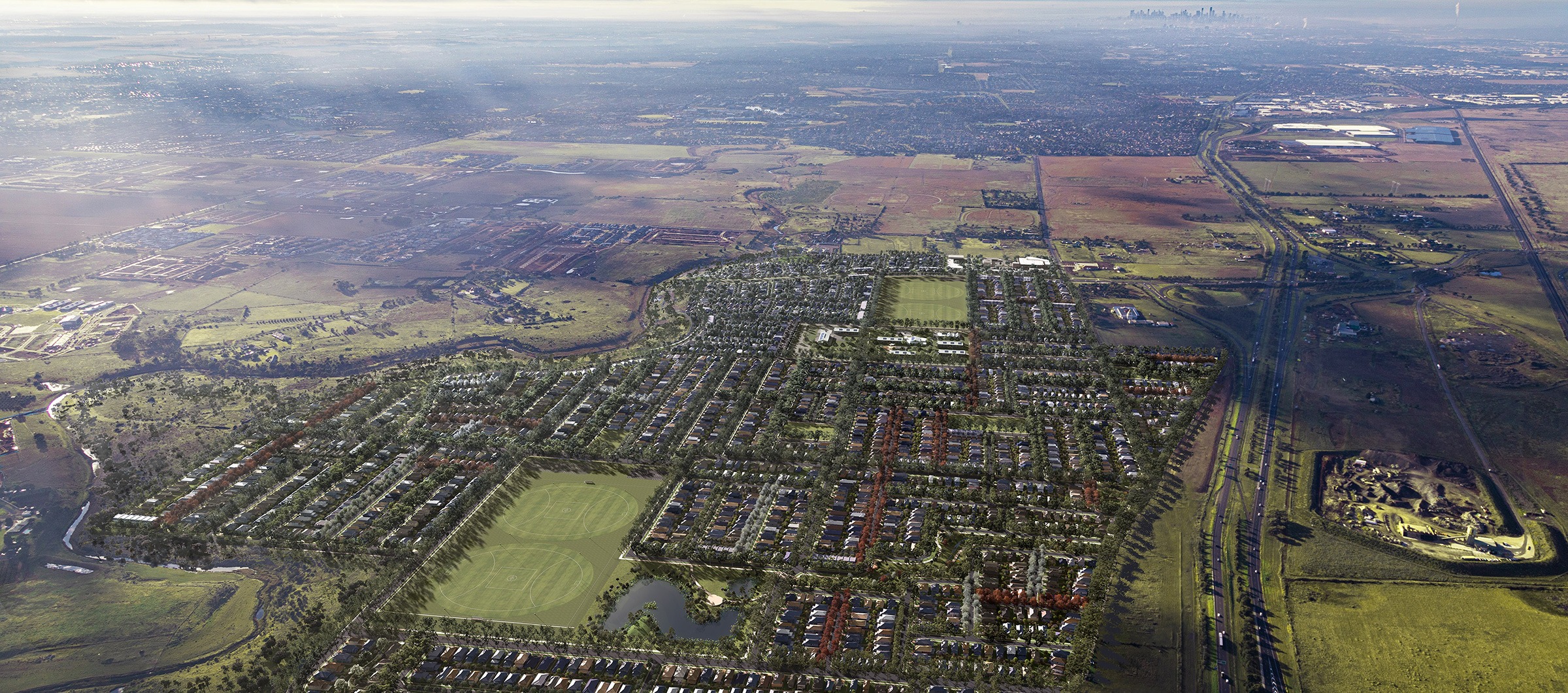In Australia, property titles refer to the legal documents that record ownership and details of a property. Here are the main types of property titles in Australia:
- Freehold Title (Torrens Title):
- Torrens Title: This is the most common form of property ownership in Australia. Under the Torrens system, the state guarantees the title, and ownership is recorded on a single title document. It provides a clear and definitive record of ownership.
- Old System Title: This is the original system of land ownership in Australia before the introduction of the Torrens system. It involves a complex chain of title documents and can require thorough investigation to prove ownership.
- Leasehold Title:
- This type of title involves the right to occupy and use a property for a specified period, typically under a lease agreement. The lease can be short-term or long-term (up to 99 years), and at the end of the lease, the property reverts to the freehold owner.
- Strata Title:
- Strata title is used for properties that are part of a multi-unit development, such as apartments or townhouses. Under a strata title, individual ownership of a unit or apartment is combined with shared ownership of common areas such as gardens, pools, and driveways. Owners are members of a body corporate, which manages the common property.
- Community Title:
- Similar to strata title, community title applies to larger estates that may include residential, commercial, and recreational areas. Each owner has a title for their property and shares ownership of common areas. The management of the common areas is typically handled by a community association.
- Company Title:
- In this arrangement, a company owns the building, and individuals buy shares in the company, which gives them the right to occupy a specific unit. Company title is less common today due to the complexity and restrictions associated with it compared to strata title.
- Crown Land Title:
- Crown land refers to land owned by the state or federal government. Individuals or entities can lease or license Crown land for specific purposes, such as agriculture, tourism, or conservation. Ownership remains with the government.
- Native Title:
- Native title recognizes the traditional rights and interests to land and waters of Indigenous Australians. Native title can coexist with other forms of land tenure, but it can also impact how land is used and developed. Native title claims are determined through a legal process.
These different types of property titles have distinct characteristics and legal implications, and understanding them is crucial for anyone involved in buying, selling, or managing property in Australia.
If you’d like to learn more, please feel free to contact us. We welcome the opportunity to help you make the best property decision.
Our YouTube channel and Market Insights are also a great place to gain more tips. They provide a wealth of information to assist you with many areas relating to property.
While we have taken care to ensure the information above is true and correct at the time of publication, changes in circumstances and legislation after the displayed date may impact the accuracy of this article. If you want to learn more please contact us. We welcome the opportunity to assist you.
November 2024




